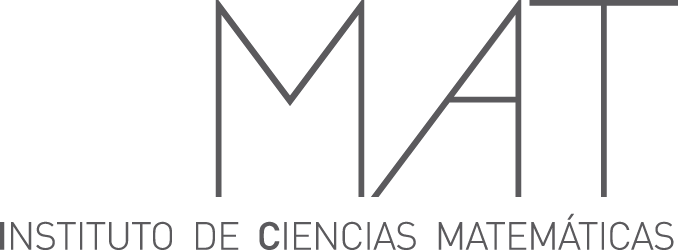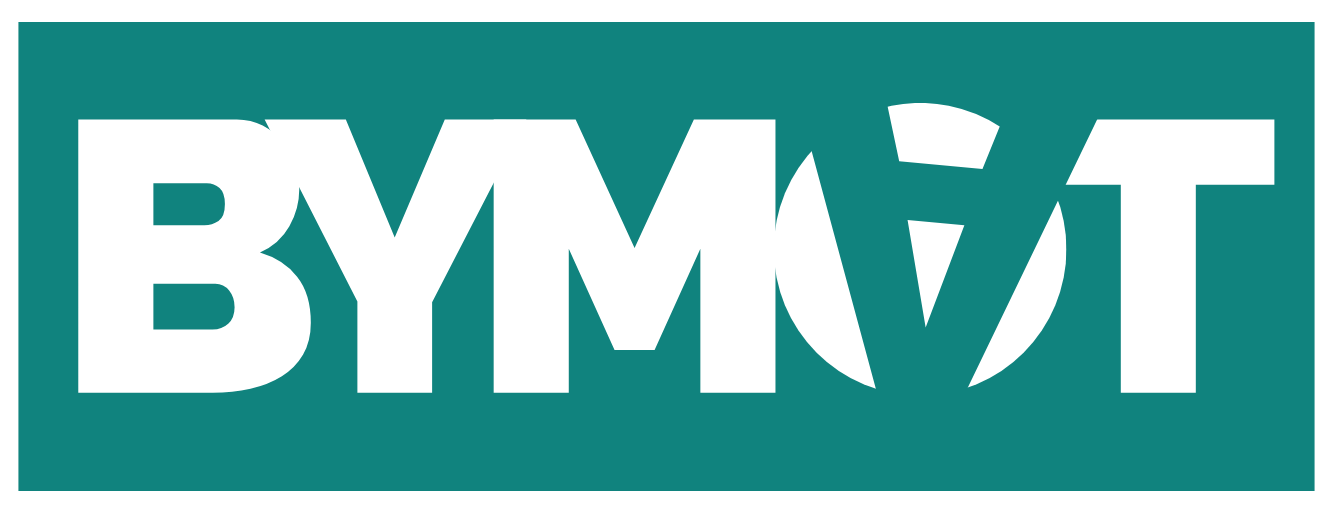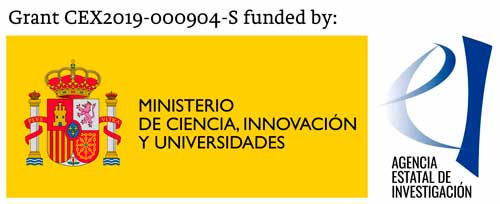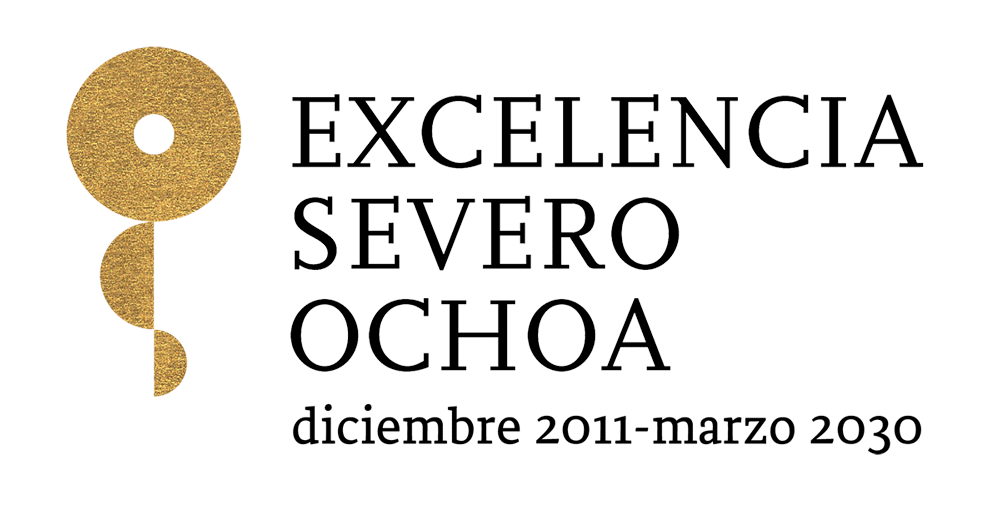Schedule
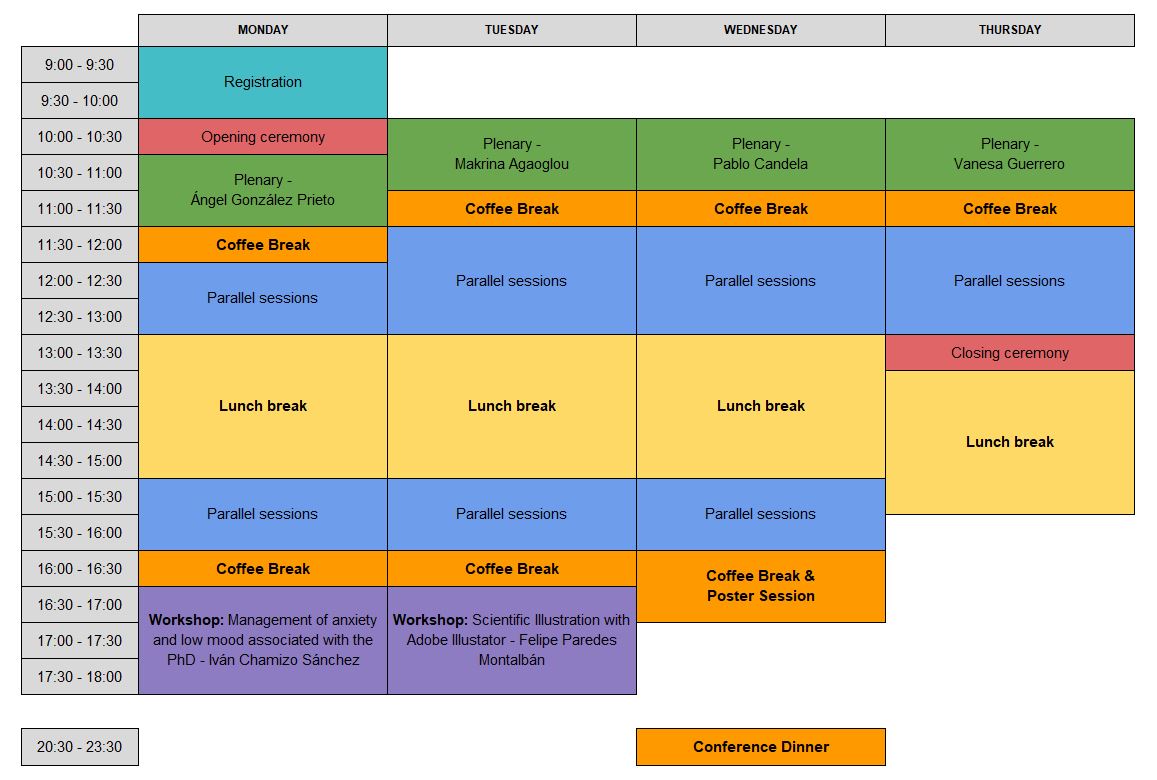
Plenary Talks
- Ángel González Prieto (UAM-ICMAT): Quantum Field Theory in algebraic geometry.
Computing invariants of manifolds is always a difficult task. Even in the simplest cases, such as homology or homotopy, it can be quite challenging; but the problem becomes extremely involved when we want to characterize invariants arising in moduli problems associated to the manifold. Nevertheless, theoretical physics provides us with a new hope: Topological Quantum Field Theories (TQFTs), powerful categorical tools capable of computing algebraic invariants of closed manifolds in an effective way.
In this talk, we shall introduce TQFTs and explore how they can be used to compute highly nontrivial invariants of surfaces. Additionally, we shall apply these techniques to knot theory of 3-dimensional manifolds, in connection with the groundbreaking works of Witten to quantize Jones polynomials of knots and the emergence of quantum topology. Time permitting, we will explore some explicit constructions of TQFTs able to compute Euler-type characteristics of moduli spaces of representations of knot groups, leading to new knot invariants of algebrogeometricnature. - Makrina Agaoglou (UPM): Dynamical system tools for analyzing the transport processes in chemical reaction dynamics and oceanic models.
In this talk, we will explore the phase space structures governing isomerization dynamics on a potential energy surface with four wells and an index-2 saddle. For this model, we analyze the influence that coupling both degrees of freedom of the system and breaking the symmetry of the problem have on the geometrical template of phase space structures that characterizes reaction, using the method of Lagrangian Descriptors. We will also apply the same method in an oceanic model and explore the phase space structures that are given by the method.
- Pablo Candela (UAM-ICMAT): Extensions of Fourier analysis via Gowers norms and nilspaces.
Many number-theoretic and combinatorial applications of Fourier analysis rely on the following idea: the averages of a function over certain linear patterns in an abelian group can be usefully analyzed by approximating the function with its dominant Fourier components. In the 1990s, a significant extension of this idea was initiated in celebrated work of Gowers, leading to a theory known as higher-order Fourier analysis. A fundamental insight in this theory is that, for many types of linear patterns, while the dominant Fourier components are not helpful, one can still carry out a very useful analysis by approximating the function by harmonics that are based on certain non-abelian objects such as nilmanifolds. This has led to the discovery of fascinating structures called nilspaces, which are a common generalization of abelian groups and nilmanifolds and have yielded further progress in higher-order Fourier analysis. I will give an introduction to this theory and discuss some recent results in this approach involving nilspaces, based on joint work with Balázs Szegedy.
- Vanesa Guerrero (UC3M): Constrained smoothing and feature selection in additive models from a mathematical optimization perspective.
In an era when the decision-making process is often based on the analysis of complex and evolving data, it is crucial to have systems which allow us to incorporate human knowledge and provide valuable support to the decision maker. During this talk, statistical modelling and mathematical optimization paradigms merge to address the problems of, first, estimating smooth curves and hypersurfaces which verify structural properties (e.g. about sign, monotonicity or curvature), and second, perform feature selection in additive models. In both cases, we assume that the smooth functions to be estimated are defined through a reducedrank basis (B−splines) and fied via a penalized splines approach (P−splines). Conic Optmizaton and Mixed Integer Quadratic Programming are used to address these problems. The proposed methodologies are tested in both simulated and real datasets and they are shown to be competitive against other approaches in the literature.
Workshops
- Iván Chamizo Sánchez (UAM): Management of anxiety and low mood associated with the PhD
A high percentage of the European Union’s population experiences, at the very least, difficulties related to managing anxiety and low mood. In Spain, one in ten people faces such problems, with the university context, and in particular, pursuing a PhD, being one of the most prevalent. In this regard, a study on the primary risk factors associated with experiencing anxiety and low mood issues during the pursuit of a doctorate has been carried out by the Center for Applied Psychology at the Universidad Autónoma de Madrid (CPA-UAM). In this workshop, the findings are presented, and training in the key intervention strategies from a cognitive-behavioral perspective is promoted.
- Felipe Paredes Montalván (Yebes Observatory): Illustrator: a guide for scientists, from a scientist
Science outreach is a crucial part of the scientific process. It guides anyone that has an interest in science. Of all its parts, there is one that always stands out from the rest: the image. With this workshop we will learn the tools necessary to create an overall image that is consistent, has a structure and, above all, conveys our message. We will use Adobe Illustrator, but all the tools can be applied to any graphic design project.
Conference dinner
The conference dinner will take place on Wednesday at 20:30 in Bar La Plaza (check it on Google Maps here). The dinner is included with your registration, along with some drinks. You will be able to buy additional drinks, if you want.
The recommended route to go from ICMAT to the bar is:
- Go to the bus stop and wait for bus 714 (the one with a light indicator showing “Madrid”, not the one going in the opposite direction).
- Get off the bus at “PºCastellana-Hospital La Paz”. Don’t worry if you miss the stop, you can also go from Plaza de Castilla, the end of the line.
- Take metro line 10 in direction “Puerta del Sur”. Get off at “Gregorio Marañón”.
- Take metro line 7 in direction “Estadio Metropolitano”. Get off at “Barrio de la Concepción”.
- Walk to the bar.
Here you can find this route in Google Maps:
